Vacuum cleaner “Saturn”
Electric brooms came to the aid of Soviet women in the late 50s. The first models were bulky, heavy and noisy, but quickly gained success. The names of domestic vacuum cleaners matched the spacecraft: “Raketa”, “Typhoon”, “Cyclone”, “Buran”, “Vikhr”, but the design matched the loud name.
Among its brothers, “Saturn” stood out, having a round shape, bright color and a semblance of rings around the body. A large dust collector, 5 nozzles included, a blowing function… the secret of the popularity of the futuristic device is revealed. The price of the issue is 45 rubles.
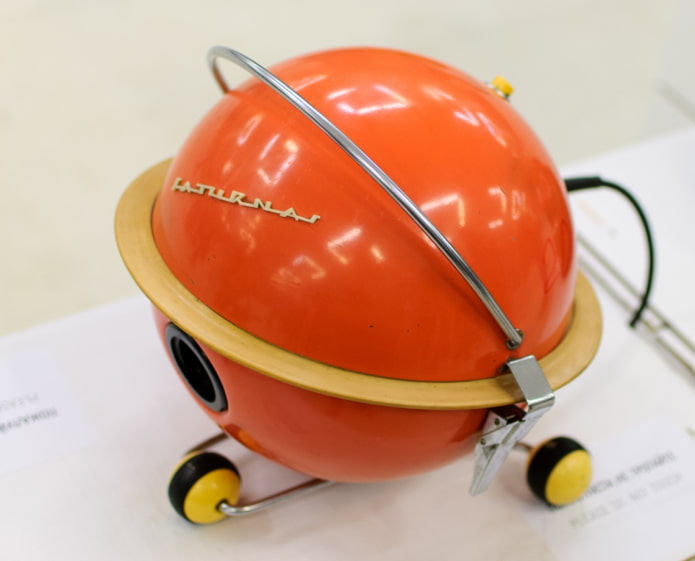
ZIL refrigerator
Household refrigerators went on sale a little earlier, in 1950. The pioneer was “Gazoapparat”, it was replaced by “Sever”, “Morozko”, “Saratov”, “Minsk”, “Biryusa” and others. Most of these were low, pot-bellied cabinets with streamlined shapes and a tight interior. In addition, they woke up the whole family at night, turning the cooling on and off.
The breakthrough was made by the ZIL plant, which released the compact 63 model in 1976, and later the spacious 64 and two-chamber 65. The refrigerators had a laconic acute-angled body, a relatively quiet motor and a convenient compartment design, which is preserved in most modern devices.
The ZIL-63 was exported to fifty friendly countries, from China to African republics, while only about 43% of Soviet families had a refrigerator at their disposal by the beginning of 1980.

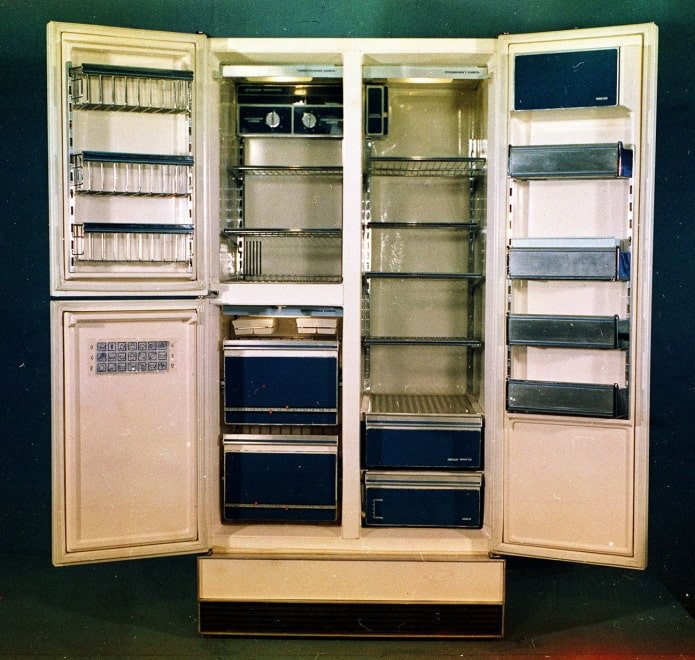
Vyatka-avtomat washing machine
Devices designed to make washing clothes easier and faster also appeared in the USSR in the early 1950s. The first Volgas and Rigas resembled the R2D2 robot from Star Wars or simply an iron barrel in shape. You had to fill and drain the water and set the mechanism in motion manually. In one cycle, you could wash 2-3 kg of laundry. The equipment cost 3-4 average Soviet salaries, but was sold by appointment 3-5 years in advance.
In 1980, the Vyatka-avtomat was released, made using Ariston technology and almost indistinguishable from today’s front-loading washing machines. It cost 495 rubles and was in terrible short supply – hence the pun about “Vzyatka” instead of “Vyatka”.
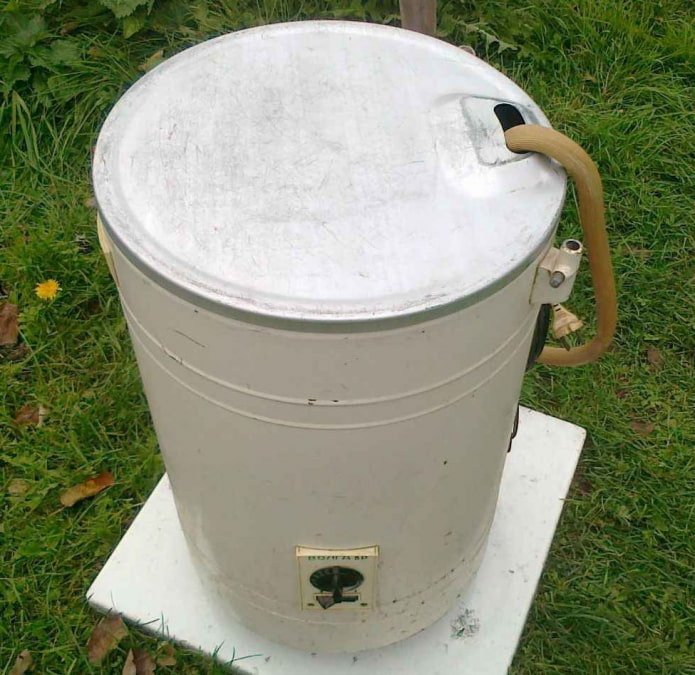

Straume dishwasher
Even now, not everyone uses a dishwasher, but in the Soviet Union, the first examples of such equipment appeared as early as 1967. They were produced by the Latvian plant “Straume” – the then stronghold of high technology. Riga specialists established cooperation with colleagues from Germany and released a compact dishwasher – a copy of Siemens. Later models repeated the Miele design.
The revolutionary product did not gain widespread distribution due to its high cost and sale by special coupons. And also because it seemed excessive and did not fit into the cramped domestic kitchens.
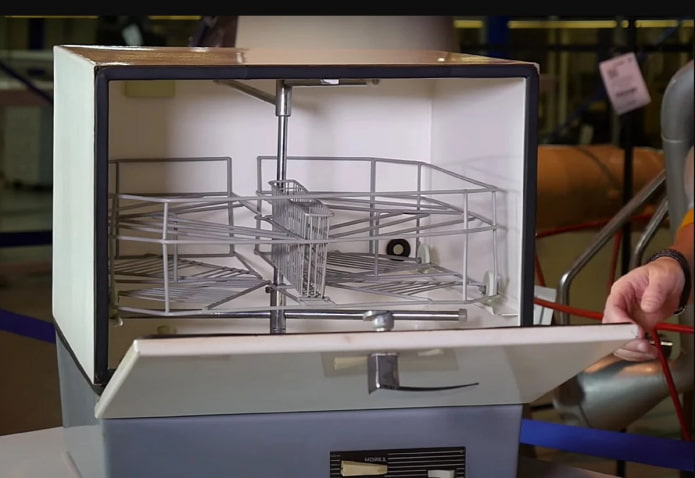
Coffee maker “Bodrost”
Soviet citizens were accustomed to grinding beans with a coffee grinder of the same brand “Straume” and brewing the aromatic drink in a Turk on the stove. But the espresso coffee maker released in the mid-60s by the Dynamo plant was received favorably. The metal device prepared coffee under pressure far from the necessary, but the result was decent.
In the early 80s, the first drip coffee makers appeared on the shelves under the Bodrost brand. People loved them for their ease of use, large bowl capacity and low price – 11 rubles.

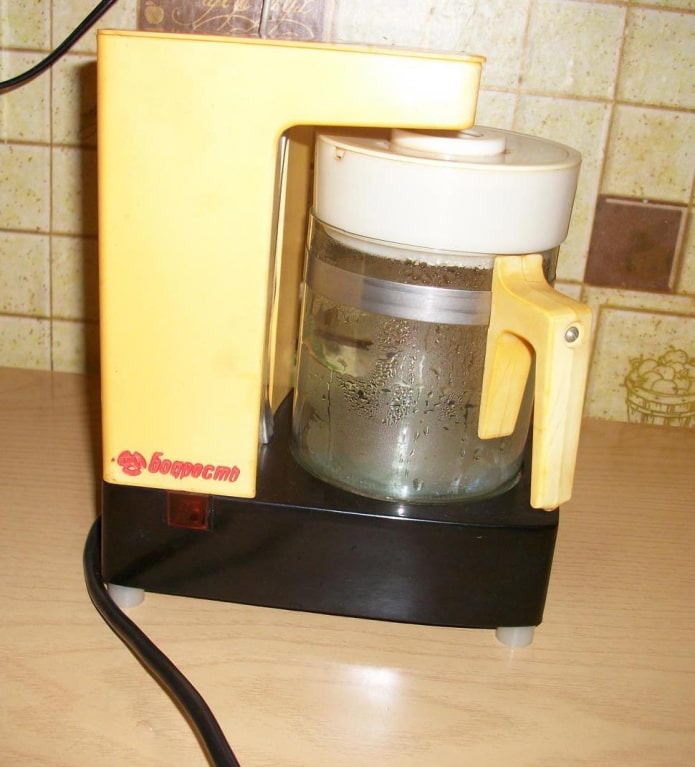
Electric toothbrush “Micromachine”
The party leadership was jealous of capitalist innovations, so when Switzerland introduced the first electric toothbrush in 1954, an order was given to urgently invent an analogue. The employees of the Mikromashina plant completed the task only in 1968, but the answer was worthy. The device worked from one charge for up to 2 weeks, weighed 400 g, produced 4,000 oscillations per minute and had 4 attachments, and cost only 9 rubles 80 kopecks.
The trial batch of 100,000 brushes was almost all sold out “through connections”, and the remainder did not impress the Soviet buyer. And now most people prefer to use a regular toothbrush.
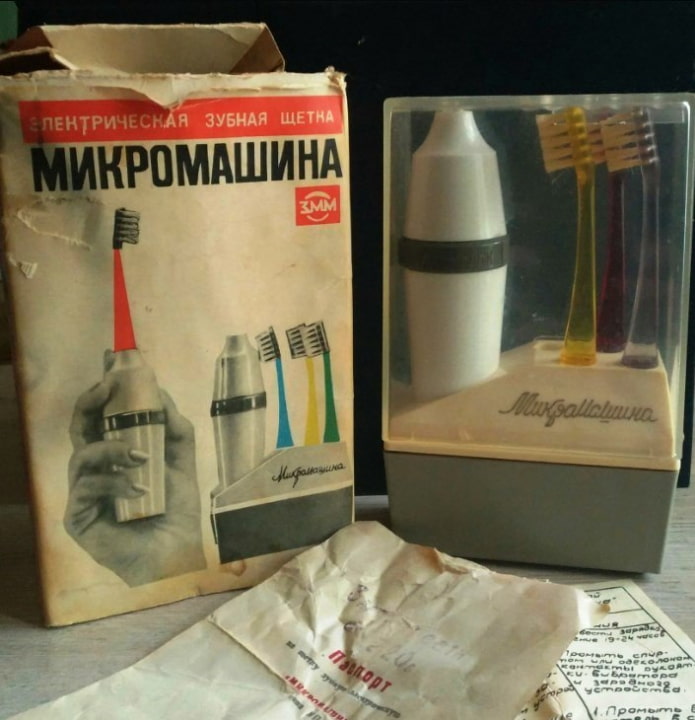
Food processor “UKM”
Not every Russian kitchen has such equipment, but it appeared in the USSR back in 1959. Designers of the Presnensky Machine-Building Plant offered housewives a device that can cook minced meat and stuff sausages, chop and grate vegetables, squeeze juices and mix cocktails, crush nuts and grind coffee, knead dough and whip creams. The UKM engine made 8,000 revolutions per minute, so it had enough power for any purpose.
The Soviet food processor had a unique “people’s” function ― it peeled potatoes! In just 5 minutes, you could get 2 kg of neatly peeled root vegetables.

Ads for the sale of UKMs in full and working condition for an amount of 15-20 thousand rubles regularly appear on the Internet. More than 60 years since the date of manufacture… It’s amazing how durable Soviet household appliances were. Not all of them, and getting them is a real quest, but modern devices, despite their availability, quickly break down.
Now reading:
- Classic Hallway: 50 Inspiring Photos and Design Tips
- Tips for Choosing a Reliable Team to Renovate Your Home
- How to choose the right door for your bathroom and toilet? – a complete overview of solutions.
- comfortable compact houses with thoughtful design down to the details
- Great Alternatives to Carpet: What to Put on the Floor?